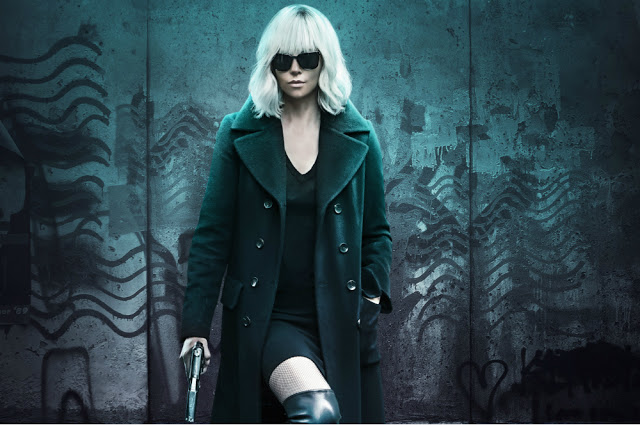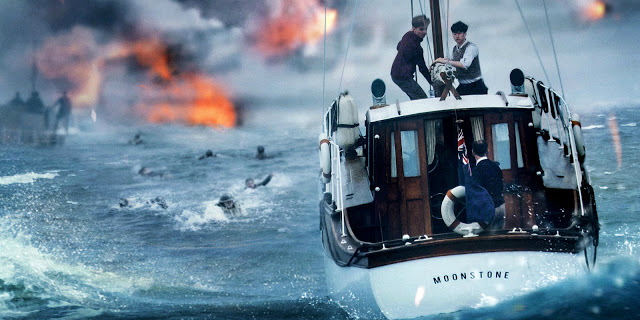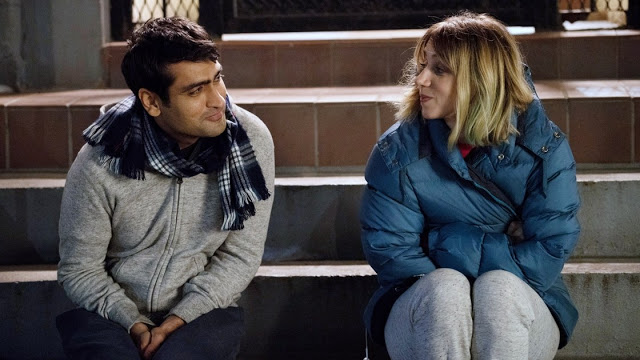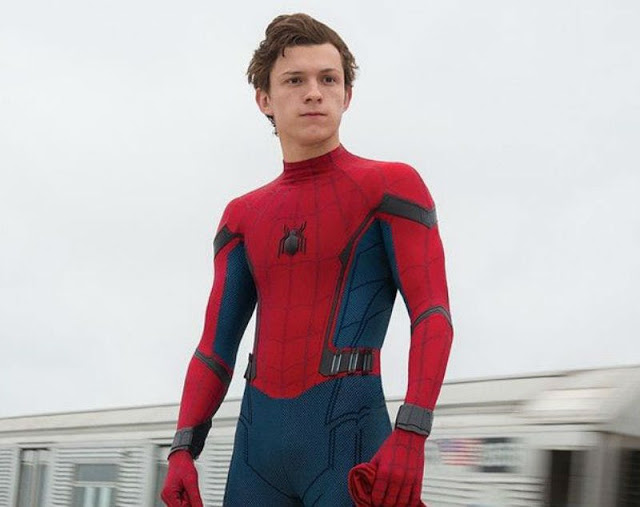Atomic Blonde: She’s a Lady, and a Killer
These boots are made for kicking in Atomic Blonde, David Leitch’s sexy, overstuffed actioner of new-age kineticism and carefully curated retro cool. Forged of tactile black leather and stretching what seems like acres up to their subject’s knee, the boots adorn the statuesque body of Charlize Theron, that South African goddess with a 14-year-old Oscar and a newfound thirst for blood. As a one-armed warrior in Mad Max: Fury Road, Theron showcased a bristling physicality that meshed nicely with her more classical qualities. She has all of her limbs back in Atomic Blonde, and good thing too, since she does roughly as much talking with her fists—and those boots—as with her mouth.
If anything, there’s too much dialogue in Atomic Blonde, which tends to stall whenever its heroine isn’t in slick, liquid motion. Adapting the graphic novel The Coldest City, screenwriter Kurt Johnstad (300—you get what you pay for) piles on the spy-speak and the Bournean intrigue, layering the busy plot with triple agents, double-crosses, and a single ungainly framing device. It isn’t incomprehensible, exactly, but Leitch, who previously co-directed John Wick before departing its sequel to make this film, has little use for all this blather. He’s much more interested in cranking up the music—the post-punk-heavy soundtrack here feels like the offspring of a union between The Americans and Deutschland 83—and unleashing his leading lady as an unstoppable force of lithe, purposeful destruction. Read More





